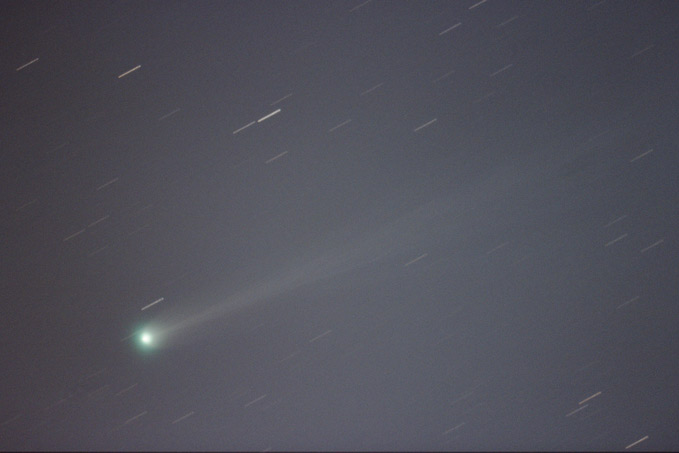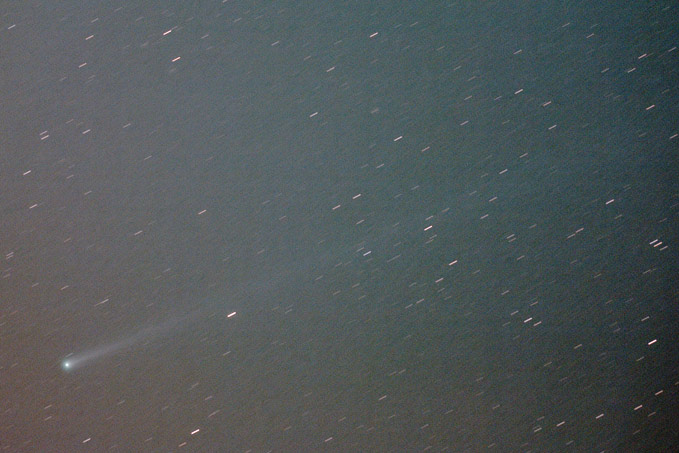| Date & Time: | Nov 16 2013, from 28:39 to 28:54 JST(+0900) |
| Composed 15 shots with 1min. exposed |
| Optical: | VIXEN 20cm(7.9") VISAC with a conversion lens (f=1278mm, F6.4) |
| with BaaderPlanetarium Moon&Skyglow filter |
| Auto-guided with TAKAHASHI EM-200 Equatorial |
| Digital Camera: | Canon EOS 600D (Remodeled) |
| Location: | Kujihama, Hitachi city, Ibaraki pref. |
| Date & Time: | Nov 16 2013, from 28:39 to 28:55 JST(+0900) |
| Composed 15 shots with 1min. exposed |
| Optical: | BORG 60ED with a conversion lens (f=297mm, F5.0) |
| with IDAS LPS-P1 Light-pollution suppression filter |
| Auto-guided with TAKAHASHI EM-200 Equatorial |
| Digital Camera: | Canon EOS 550D (Remodeled) |
| Location: | Kujihama, Hitachi city, Ibaraki pref. |






